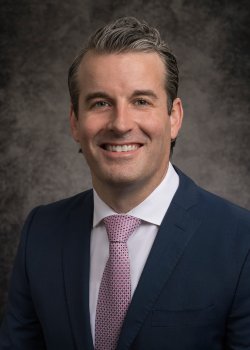Find your TopLine MD provider
Our Alliance is made up of trustworthy, highly qualified providers across nearly all medical specialties. You can find the right provider for you or your family by searching our community of doctors and practices. Once you select a provider, you’ll benefit from the TopLine MD Alliance as you receive more streamlined delivery of care within our community. Select a specialty below to learn more about providers near you.
Primary care
Primary Care
Focusing on both family medicine and internal medicine, primary care specialists help you maintain and improve overall health.
Pediatrics
Pediatrics
Pediatricians support families with general pediatrics, adolescent gynecology, pediatric dermatology, pediatric endocrinology, and pediatric nephrology.
Women’s Health
Women’s Health
Specialists cover gynecology, maternal fetal medicine, obstetrics, reproductive endocrinology and infertility, reconstruction, and urogynecology.
Dermatology
Dermatology
Our general and advanced dermatology specialties include pediatric dermatology, cosmetic dermatology, and Mohs surgery.
Surgical Specialties
Surgical Specialties
Specialists cover bariatric medicine, colon & rectal surgery, gynecologic oncology, orthopedic surgery, plastic surgery, surgical oncology, urology and vascular surgery.
Medical Specialties
Medical Specialties
Providers specialize in allergy and immunology, cardiology, endocrinology and metabolism, infectious diseases, sleep medicine, and more.
Healthcare providers committed to a higher standard
The TopLine MD Alliance was created to foster a better healthcare experience. Membership in the Alliance is highly selective and based on exceptional patient satisfaction. This ensures a consistently exceptional standard of care.

Healthcare providers committed to a higher standard
The TopLine MD Alliance was created to foster a better healthcare experience. Membership in the Alliance is highly selective and based on exceptional patient satisfaction. This ensures a consistently exceptional standard of care.
We help you navigate the complex healthcare system
It’s great when you find a doctor you trust, but when you require other specialties or testing, finding a new provider can be a daunting challenge. Our Alliance of healthcare providers, practices, diagnostic centers, and imaging centers are trusted partners on your healthcare journey.

We help you navigate the complex healthcare system
It’s great when you find a doctor you trust, but when you require other specialties or testing, finding a new provider can be a daunting challenge. Our Alliance of healthcare providers, practices, diagnostic centers, and imaging centers are trusted partners on your healthcare journey.
Our Alliance makes your experience seamless and convenient
Alliance members work collaboratively and utilize sophisticated tools for facilitating communication between medical specialties, insurers, labs, and patients while working to coordinate insurance coverage to streamline and simplify your entire experience.

Our Alliance makes your experience seamless and convenient
Alliance members work collaboratively and utilize sophisticated tools for facilitating communication between medical specialties, insurers, labs, and patients while working to coordinate insurance coverage to streamline and simplify your entire experience.
Providers in the news
We believe that being on the frontline of health news encourages a more informed community of patients and providers. Because of this, our providers are actively involved in not only continued education and training, but as thought leaders in the medical community. For insights beyond the ordinary, see what our doctors have to say about the latest in healthcare.



